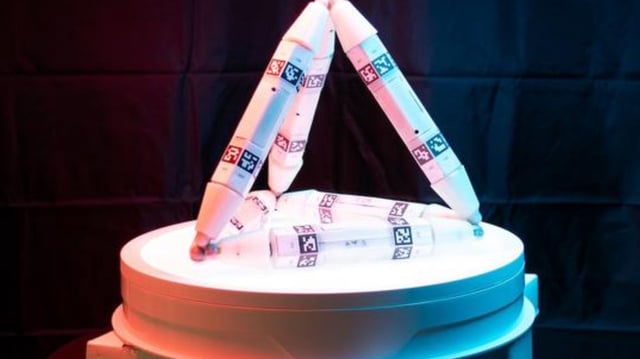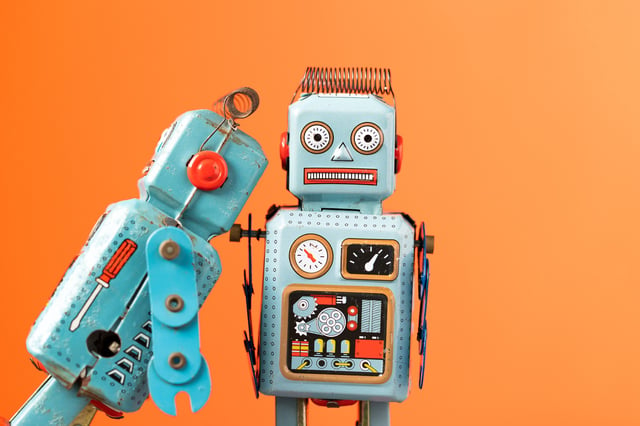Overview
- Published on July 16 in Science Advances, proof-of-concept experiments showed Truss Links self-assembling from 2D shapes into functional 3D robots
- In controlled tests, machines scavenged spare modules to augment their form, including a tetrahedron robot that added a walking-stick link to boost downhill speed by 66.5 percent
- Truss Link modules use free-form magnetic connectors and telescoping bars to enable flexible assembly and reconfiguration without human intervention
- Co-author Hod Lipson says the design mirrors biological modularity by teaching robots to reuse components like nutrients for continuous adaptation
- Researchers are now focused on scaling the framework and planning field trials in disaster recovery and space missions where autonomous maintenance is critical

